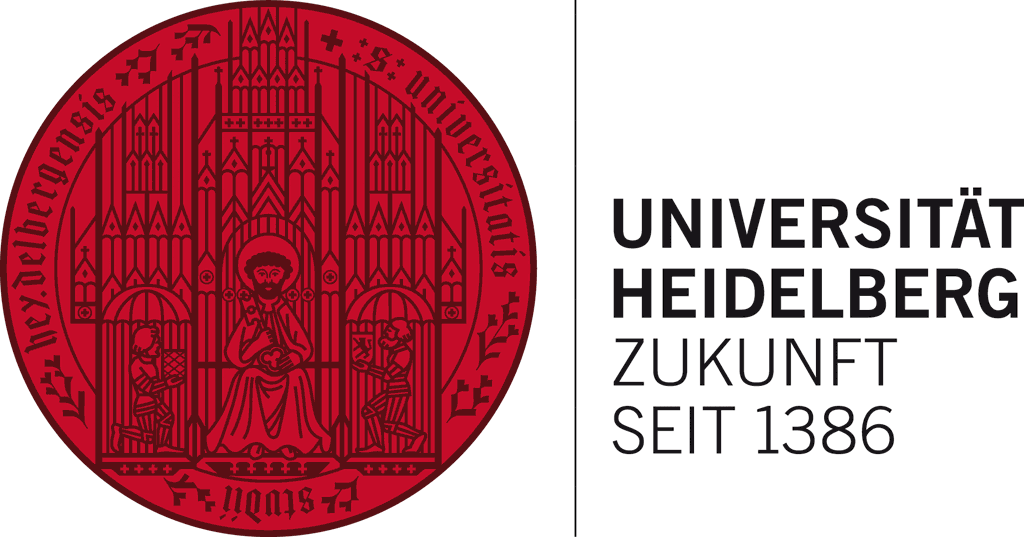TTU 04.819
"Immune control of HIV-1"
Short Summary
In HIV-1 infection, the immune response is usually insufficient to fully suppress viral replication resulting in a continuous progress of the HIV disease. Within this project, the TTU aims at establishing novel immunotherapies against HIV infection. Our contribution to these efforts is the definition of viral determinants of escape to humoral immunity in HIV patients. We recently discovered that the HIV-1 pathogenesis factor Nef disrupts the ability of experimentally infected CD4 T cells to provide T cell help to B cells, which results in the disruption of antigen-specific antibody responses (Ananth et al., J Virol 2019; Kaw et al., Embo J, 2020). These results suggest that Nef is a key determinant of HIV-1 induced B cell dysfunction in AIDS patients. Using efficient workflows established within this project for the isolation and characterization of patient-derived viral sequences (Galaski et al., JAIDS 2016; Obermeier et al., JAIDS 2020) and supported by a DZIF sequencing grant, we therefore analyze if the ability of HIV patients to mount broadly neutralizing antibody responses is linked to specific nef geno/phenotypes (patient samples provided by P. Schommers / F. Klein, Köln, from their characterized cohorts).
In addition, we strive to develop new and clinically relevant strategies for "vectorized immunoprophylaxis" (VIP) against HIV-1 infection. These are based on recombinant Adeno-associated viruses (AAV) that we engineer to express broadly neutralizing anti-HIV-1 antibodies (bnAb; provided by F. Klein, Köln). More specifically, we exploit synthetic AAV capsid variants that we have generated in our lab and that exhibit an exceptional efficiency and specificity of gene transfer in the striated musculature of animals, following intravenous infusion (Börner et al., Mol Ther, 2020; Weinmann et al., Nat Commun, 2020). Ideally, these proprietary capsids will allow for the expression of high levels of anti-HIV bnAbs in humans following non-invasive delivery and thus enable passive immunization against HIV-1 infection. To this end, we further engineer these AAV-VIP vectors to maximize their potency and safety, including the use of robust and muscle-specific promoters as well as CRISPR-based "kill switches" that enable their deliberate inactivation if requiredn addition, we strive to develop new and clinically relevant strategies for "vectorized immunoprophylaxis" (VIP) against HIV-1 infection. These are based on recombinant Adeno-associated viruses (AAV) that we engineer to express broadly neutralizing anti-HIV-1 antibodies (bnAb; provided by F. Klein, Köln). More specifically, we exploit synthetic AAV capsid variants that we have generated in our lab and that exhibit an exceptional efficiency and specificity of gene transfer in the striated musculature of animals, following intravenous infusion (Börner et al., Mol Ther, 2020; Weinmann et al., Nat Commun, 2020). Ideally, these proprietary capsids will allow for the expression of high levels of anti-HIV bnAbs in humans following non-invasive delivery and thus enable passive immunization against HIV-1 infection. To this end, we further engineer these AAV-VIP vectors to maximize their potency and safety, including the use of robust and muscle-specific promoters as well as CRISPR-based "kill switches" that enable their deliberate inactivation if required.
Highlights
- Identification of the viral protein Nef as potent disrupter of CD4 T cell help in HIV-infection including definition of a potentially druggable protein interaction surface required for this activity
- Development of optimized AAV capsids for gene delivery in striated muscle as basis of the development of a passive immunization approach against HIV infection




